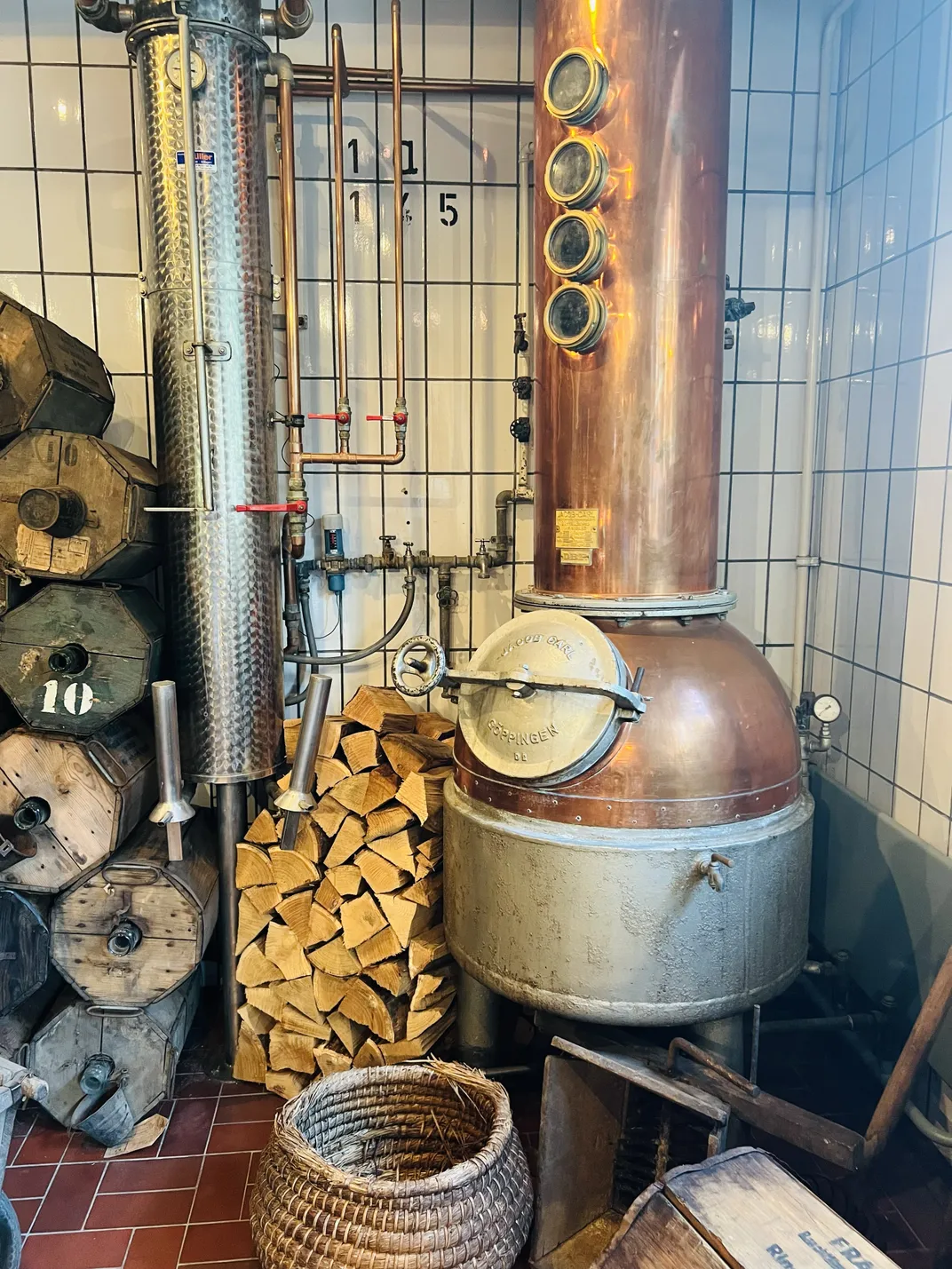Picture a land where towering evergreens form a canopy so thick that sunlight barely kisses the forest floor, creating a world of perpetual twilight. Crystal-clear lakes shimmer like enchanted mirrors, reflecting lush greenery and the occasional glimpse of a deer or fox. The air is filled with the scent of pine and the sweet melody of birdsong, inviting visitors to lose themselves in the forest’s serene embrace.
Once known as Abnoba Mons, after the Celtic goddess of the wilds, Abnoba, Germany’s Schwarzwald, or Black Forest, has been the backdrop for myths and fairy tales for centuries. The Roman soldiers who once traversed its dark, dense woods called it Silva Marciana, meaning “border forest.” Medieval fortresses and quaint villages sprouted along the forest’s edge, and legendary tales of knights, maidens and, of course, wicked witches were etched into its landscape. The Black Forest is also the alleged home of the Waldschrat, tiny humanoid creatures, dreamed up by the early Germanic tribes, that protect the forest, maintain the natural balance and even assist lost travelers.
As I explored this region of southwestern Germany this past June, I couldn’t help but feel as if I’d stepped straight into a fairy tale—I half expected Snow White, known locally as Schneewittchen, to pop out from behind a fir tree at any moment, singing along with her entourage of bluebirds.
The notion that sprites could appear at any turn is perhaps only heightened if you’re sampling spirits from the Black Forest’s 14,000 or so licensed distilleries along the way.
German schnaps are sublime, clear, dry and strong, with a high alcohol content.
Westend61/Getty Images
In the Black Forest, schnaps are still handcrafted in centuries-old, traditional copper stills in family-owned distilleries. Amy Bizzarri
Oberkirch, an excellent home-away-from-home base for exploring the Black Forest, has small-town charm, half-timbered houses, rich local cuisine and a one-of-a-kind hiking trail, the Oberkircher Brennersteig. The Schnapps Trail, as it’s sometimes called, is renowned for its smooth, layered…
Click Here to Read the Full Original Article at Travel | smithsonianmag.com…